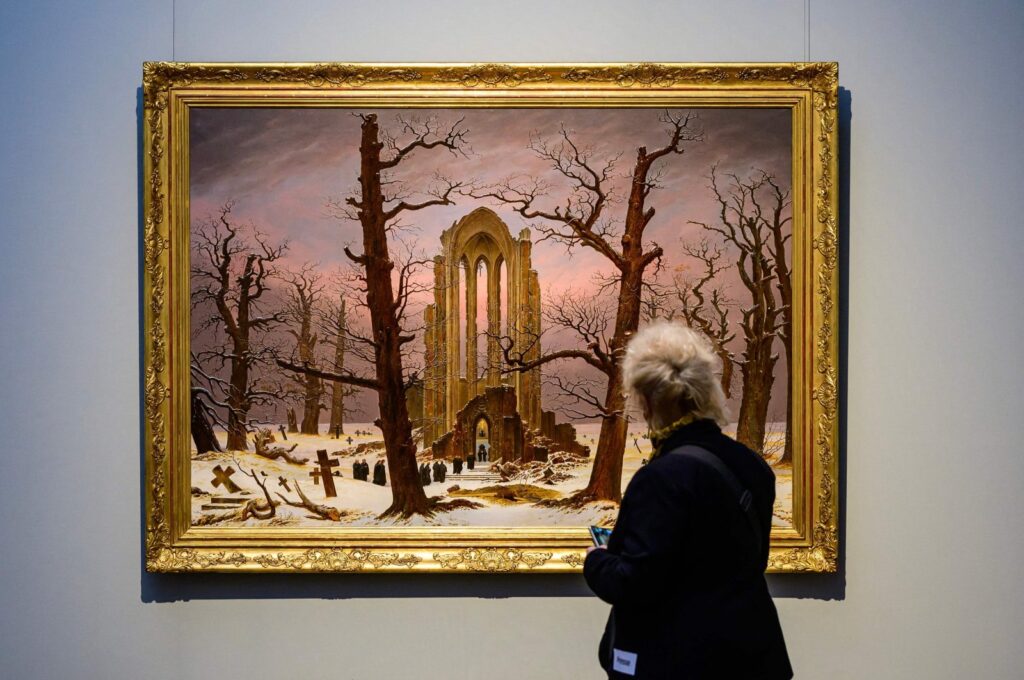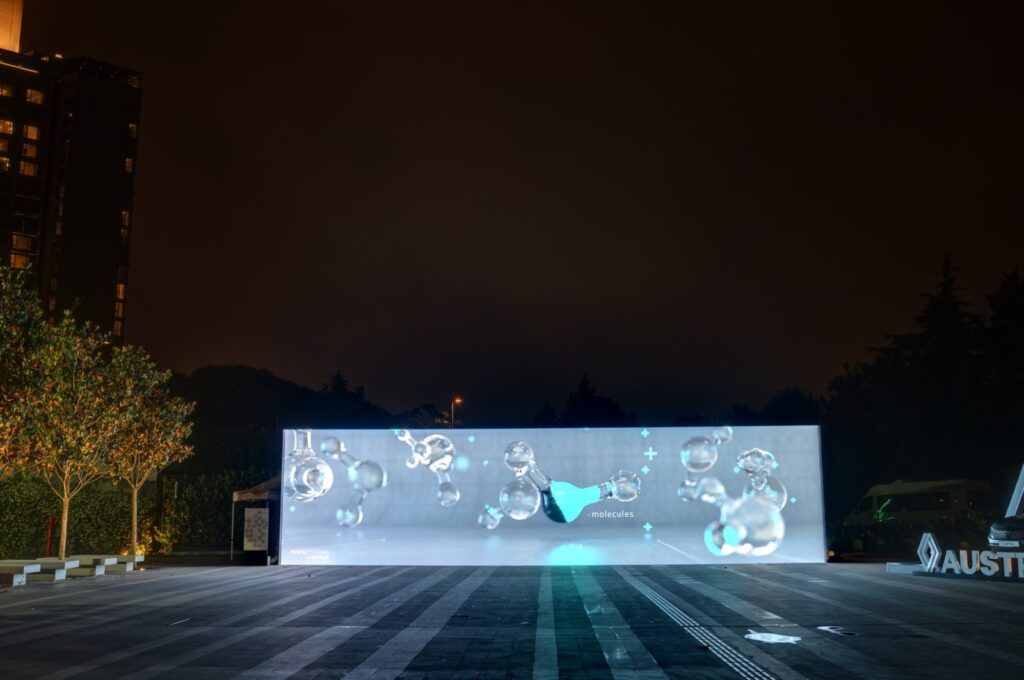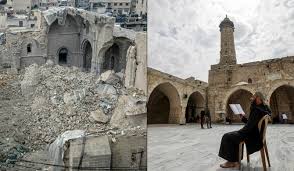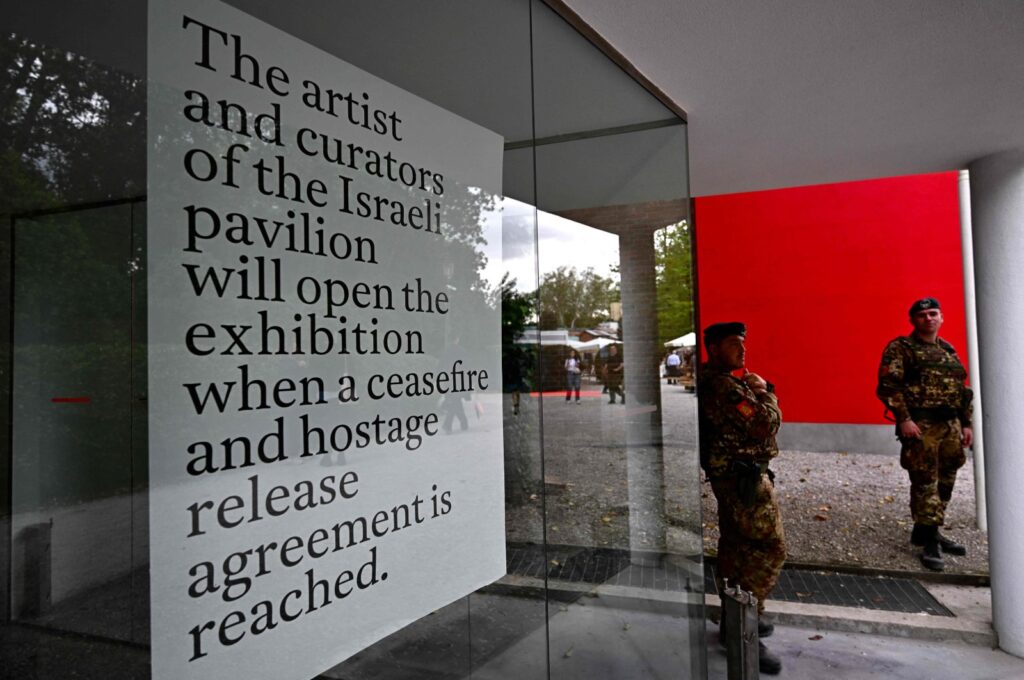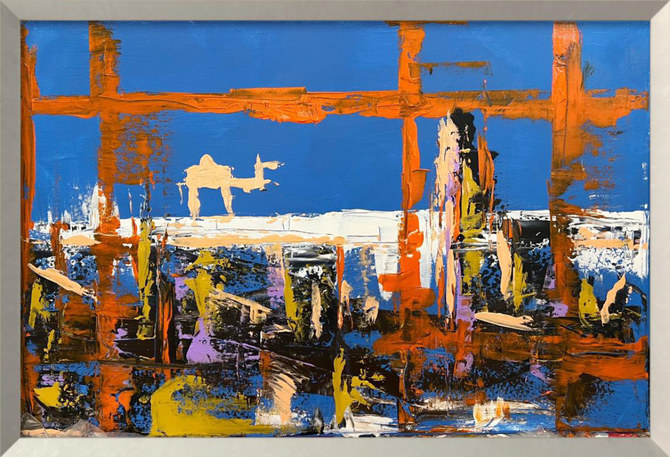
Web Desk
In the hands of Eva Jospin, humble cardboard transforms into atmospheric forests, architectural wonders, and mysterious monuments. For more than a decade, the Paris-based artist has explored the possibilities of the corrugated material, layering it to create solid pieces that can be carved to reveal detailed landscapes and interiors. In her solo exhibition Folies at Mariane Ibhrahim, an immersive, site-specific installation challenges notions of scale, while a range of drawings and three-dimensional pieces expand on the possibilities of paper with the addition of bronze and silk tapestries.
At nearly 20 feet long, “Galleria” creates a portal or a gateway with an ornate, coffered ceiling, lined with niches—or perhaps windows—that reveal wooded scenes, woven textiles, and small drawings. The entrance, flanked by trees and textures redolent of rough marble, invites viewers in through a mystical archway. And in “Grotte,” a roughly hewn architectural niche or apse punctuated by trinkets like seashells and string suggests a grotto, a cavern that is often associated with religious devotion and a place to collect sacred items.

“Grotte” (2023), cardboard, brass, and shells, 27 1/2 x 27 1/2 x 19 3/4 inches
Jospin invokes the classical style often associated with historical significance and influence, from ancient ruins to cultural institutions to cathedrals, questioning notions of power and importance. The title, French for “follies,” references the 18th-century European tradition of building extravagant structures purely for decoration, often inspired by crumbling Roman temples or Medieval castles. (Marie Antoinette famously commissioned an entire rural village in the Trianon gardens of Versailles.)
Jospin explores the intersections of nature and the handmade through meticulously carved tree limbs, stone outcrops, and refined surfaces. By using industrial, everyday materials like cardboard, which is often employed temporarily and then discarded, she examines relationships between the quotidian and the sacred, fragility and resilience, and ephemerality and permanence.
Folies continues through September 9 in Mexico City. Find more on Mariane Ibhrahim’s website.

Detail of “Grotte”

“2 Forêts” (2023), cardboard and wood, 37 x 109 1/2 x 11 3/4 inches

“Forêt Noir” (2019), bronze, 30 3/4 x 27 1/8 x 5 7/8 inches

Left: Detail of “2 Forêts.” Right: Detail of “Forêt Noir”

Interior of “Galleria”

Detail of “Galleria”

Left: Ceiling detail of “Galleria.” Right: Texture detail of “Galleria”
Courtesy: colossal



